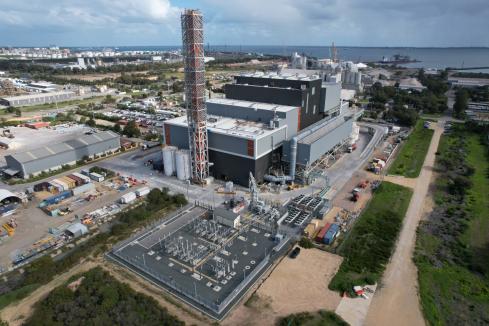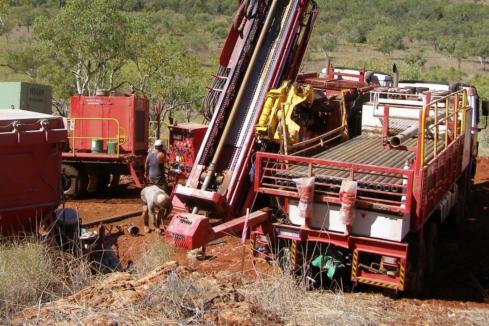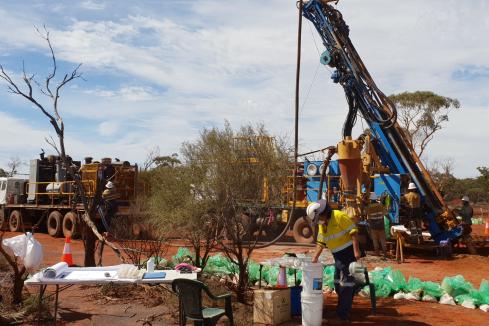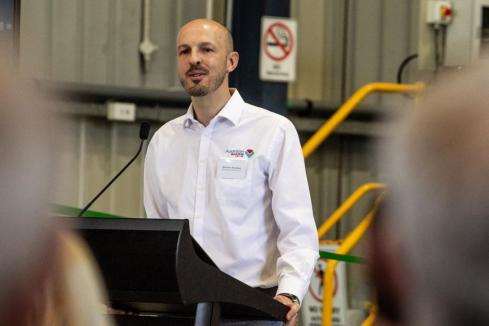Renewable energy and battery storage products could shake up how things are done in WA’s resources sector.

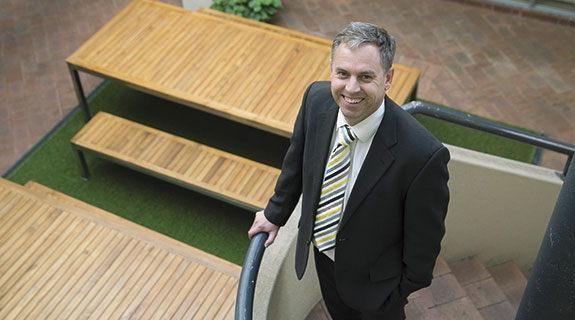
Renewable energy and battery storage products could shake up how things are done in WA’s resources sector.
Among the many minerals found under the surface of the Western Australian landscape are two key elements local developers believe offer a new world of opportunities for the mining sector.
Some local producers and explorers are of the view that lithium and vanadium – two key components in different battery storage devices – present new ways for mines to value-add and save costs.
That’s in addition to their value as raw commodities.
As battery technologies develop and experts predict dramatically declining costs, two WA-based resources companies have started planning how to take advantage of a nascent but growing trend to complement energy produced from renewable sources, such as solar PV systems with batteries.
Subiaco-based vanadium explorer TNG, which has a vanadium, titanium and iron deposit near Alice Springs, is expecting to be the next local explorer to develop a new mine, according to managing director Paul Burton.
Mr Burton told Business News TNG had two special aspects planned for its Mount Peake project, which had a proposed start date of 2017 at a flagged capital project cost of about $600 million.
The first will be using its patented technology, designed through a chemical process to extract pure saleable quantities of all three elements, rather than lose iron and titanium as waste products in the typical extreme heating process used by vanadium producers.
The second plan is to power the project with what is expected to be about a 40-megawatt power station designed to use as much solar PV energy as possible, as well as potentially incorporate vanadium redox batteries.
TNG recently signed a memorandum of understanding with Osborne Park-based renewable energy engineers Energy Made Clean (EMC) to evaluate the plan.
Mr Burton said while not all miners could use their own product to reduce operation costs, taking advantage of such opportunities was becoming necessary in an industry with shrinking margins.
“It’s pretty unique, the fact is that we’re producing a product that goes into the emerging renewable energy sector and you can use that renewable energy on your production site; so I think it’s going to be the way of the future, to be honest,” Mr Burton told Business News.
“Let’s say our mine becomes a showcase mine, which is what we want it to be; we want it to be badged a ‘smart mine’. I think that’s when you’ll see future mines taking on the same sort of technology; that’s what we want to demonstrate and prove that it’s doable.
TNG has already signed long-term off-take agreements for 60 per cent of its vanadium production to South Korean group Woojin for steel strengthening purposes, which vanadium’s most common use.
The metal’s role in vanadium redox battery storage is growing prominence, however, with some commercial examples already operating, using batteries in liquid filled tanks best suited for very large commercial and industrial facilities.
Mr Burton said TNG was now considering how to secure an off-take deal for its remaining proposed vanadium with battery producers, which could then supply the powerful batteries for TNG’s mine use.
He said by working with battery developers and EMC to reduce its energy costs, as well as licensing the company’s trademarked chemical extraction process to other vanadium, titanium and iron miners, TNG stood to benefit from these value-adding operations.
“For me, the only future for mining is to get smart and that means really lowering your operating costs and producing a much higher value product,” Mr Burton said.
“High value usually means high purity because that’s where the high tech industries are now. The more you can upgrade it yourself I think is the smart way to go.”
TNG is not the only hopeful vanadium miner with plans to utilise renewable energy and battery storage for its future operations.
Yellow Rock Resources has flagged similar plans as part of developing its Gabanintha mine near Meekatharra within the next three years.
It estimates the project, which will include a 10-megawatt power station – most likely to be largely renewable powered and use battery storage – to cost between $210 million and $265 million.
Chief executive Vincent Algar told Business News Yellow Rock Resources was interested in selling the majority of its product to the vanadium battery industry, rather than the steel industry, because he believed the potential for growth in the latter was more attractive.
“There is always going to be a steel market, however if you look at the vanadium battery impact on that market it’s quite significant,” he said.
“This is because the amount of vanadium in the battery is voluminous and you have to put a lot of it into the bigger batteries, which are the ones that are going to take their share of the market, particularly at the large-scale grid level.
“We like the growth pattern, we like the end use and the sheer size of the renewable energy market for vanadium batteries if storage becomes a central tenet of renewable energy generation, it’s very attractive, even relative to the existing vanadium market.”
Mr Algar said Yellow Rock was interested in researching and developing, either in house or in partnership with the University of New South Wales, the University of Western Australia, or the CSIRO – all organisations it’s already in discussions with – to produce electrolytes itself that could be used in batteries.
He said shareholders had already expressed support for a greater involvement in downstream projects, including selling vanadium, even at a discounted price to battery developers, to secure energy storage facilities onsite because the benefit from decreased energy costs and value-adding would outweigh any below market pricing.
“Investors think simply this is the next best thing,” Mr Algar said.
“It’s actually quite elegant to have the commodity offset some of your costs.
“Other than TNG and ourselves, not many other people are talking about developing their projects along those lines right now.”
Meanwhile Talison Lithium, the operator of one of the world’s biggest lithium mines, at Greenbushes in WA’s South West, has expressed cautious optimism that explorers and junior miners of lithium, vanadium, graphite, cobalt, manganese, nickel and aluminium could capitalise on battery storage opportunities.
Unlike vanadium’s potential in batteries, which has received little mainstream media coverage, the market for lithium in lithium ion batteries has attracted mass attention following Tesla Motors’ unveiling of its lithium ion Powerwall product, a 100 kilogram battery that can store and produce enough energy for a home as a single item. It can also be stacked with others to provide more power for an office or larger building.
Talison Lithium marketing manager Ron Mitchell told Business News that while opportunities would arise from a growing demand and technological advancements in batteries, hopeful developers with eyes on the downstream potential prize should first focus on fundamentals.
“Let’s face it, electricity prices aren’t getting any cheaper, so I think there is terrific incentive,” Mr Mitchell said.
“We see a lot of potential in the energy storage space, not just for residential use. I think we see opportunities in commercial applications, in apartment buildings for example and of course industrial applications, supporting larger solar projects.”
“But typically you need to concentrate first and foremost on producing a quality product that the market requires; and once you’ve achieved that then perhaps consider your options further.”









